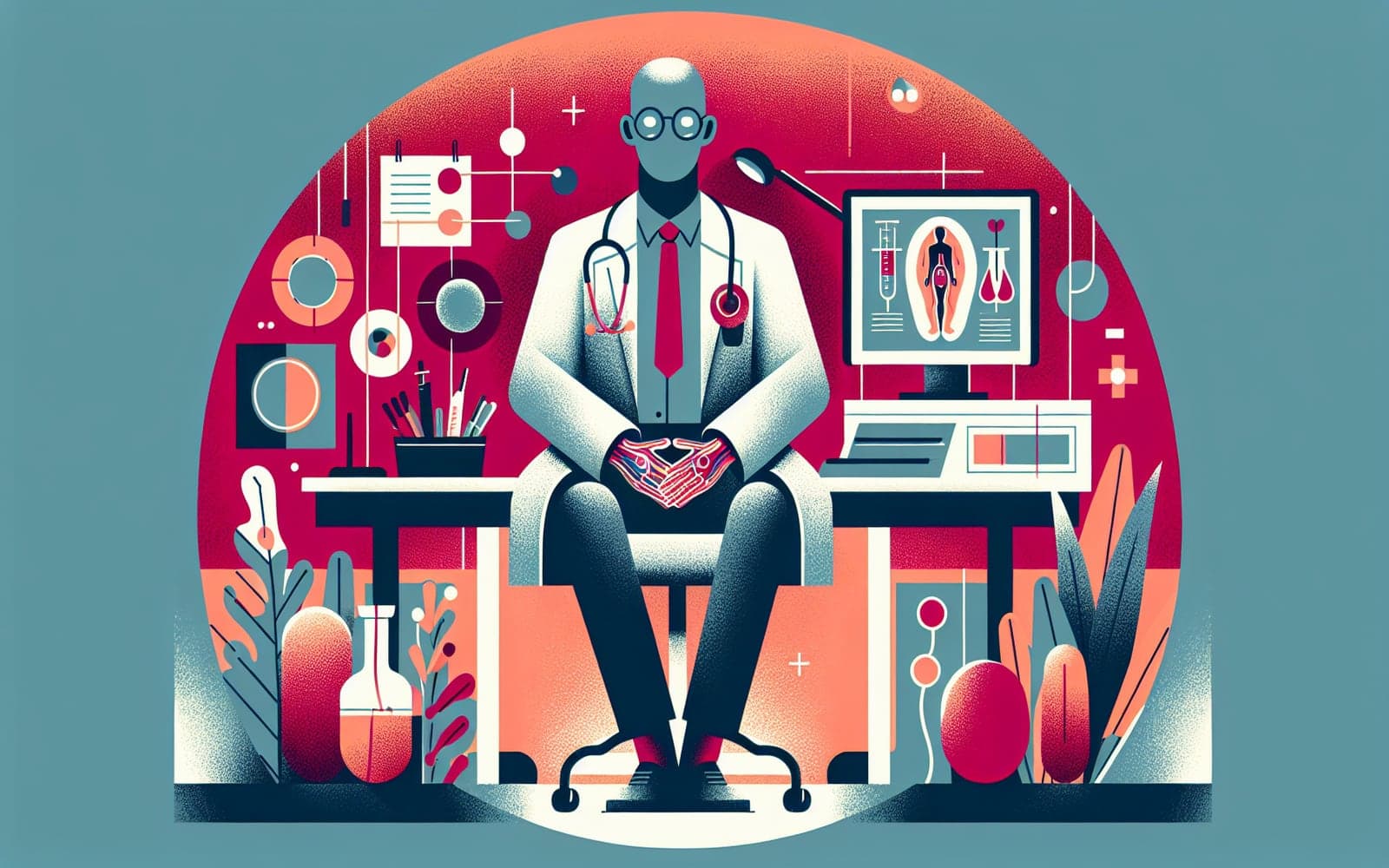What's Behind Nonacute Scrotal Conditions?
Published: Sep 11, 2023
Nonacute scrotal conditions can range from harmless to serious. Let's dive into the common issues men might face.
Contents
Understanding the Anatomy
The scrotum houses the testis, epididymis, and more, all of which can be involved in nonacute conditions. The testis is responsible for producing sperm and testosterone, while the epididymis stores and transports sperm. The tunica vaginalis, a layer surrounding the testis, can accumulate fluid, leading to conditions like hydrocele.
Common Conditions Explained
Varicocele feels like a 'bag of worms' and often occurs on the left side, causing discomfort or pain. Hydrocele results in swelling from fluid accumulation, which can be painless or painful depending on the size. Testicular cancer presents as a firm, nontender nodule, often discovered by the patient.

Diagnosis and Next Steps
Scrotal ultrasound is the go-to test for distinguishing scrotal conditions. It helps differentiate between intratesticular and extratesticular lesions. If ultrasound results are inconclusive, an MRI might be used. A urologist's consultation is advised for further evaluation or treatment options.
Frequently Asked Questions
A varicocele is an enlarged vein within the scrotum, often causing a 'bag of worms' sensation.
Hydrocele is diagnosed using transillumination and confirmed with an ultrasound.
A firm, nontender lump on the testis often suggests testicular cancer.
Ultrasound accurately distinguishes between different scrotal conditions.
Key Takeaways
Understanding scrotal conditions helps in early detection and treatment.
Curious about scrotal health? Chat with Doctronic for more insights.Related Articles
References
Rebik K, Wagner JM, Middleton W. Scrotal Ultrasound. Radiol Clin North Am 2019; 57:635.
Crawford P, Crop JA. Evaluation of scrotal masses. Am Fam Physician 2014; 89:723.
Always discuss health information with your healthcare provider.

